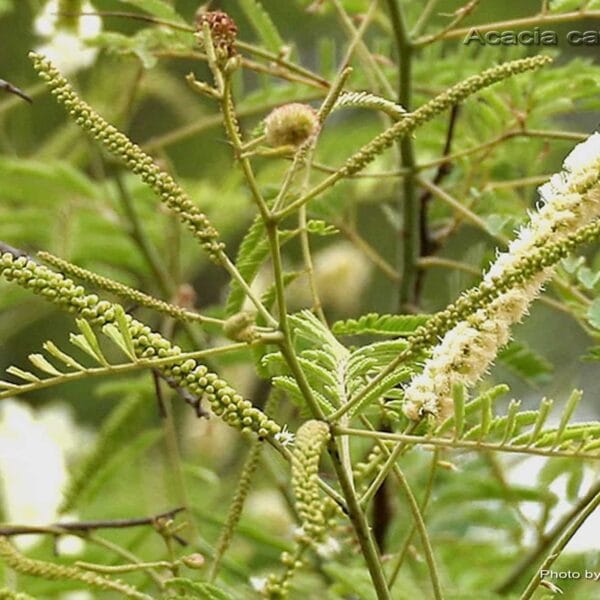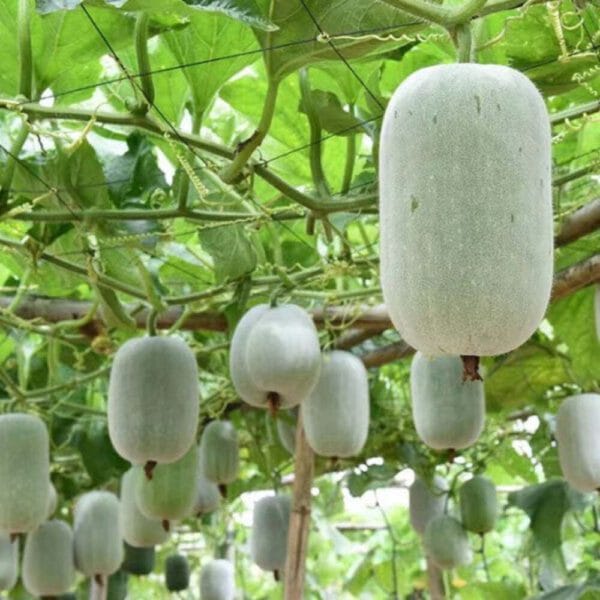Heirloom Assam Giant Tree Okra Seeds
₹99.00 Original price was: ₹99.00.₹50.00Current price is: ₹50.00.
Heirloom Assam Giant Tree Okra Seeds
Quantity: 50 Seeds
Tree okra (Abelmoschus manihot) is a versatile and nutritious plant that offers a range of health benefits and culinary uses. Its large, ornamental flowers and robust growth make it an attractive addition to gardens, while its nutritional and medicinal properties add value to diets and traditional medicine practices. The ease of cultivation and ability to improve soil health make tree okra a valuable plant for home gardens and agricultural systems, especially in tropical and subtropical regions.
Out of stock
Heirloom Assam Giant Tree Okra Seeds
Tree okra, also known as “West African okra,” “tree hibiscus,” or by its botanical name Abelmoschus manihot, is a unique and versatile plant native to Southeast Asia and parts of the Pacific Islands. It is different from the common okra (Abelmoschus esculentus), being larger and more robust, often resembling a small tree. Here are the key details about tree okra:
Characteristics of Tree Okra
- Appearance:
- Leaves: Large, lobed, and palmate, somewhat resembling the leaves of maple trees. They are typically dark green.
- Flowers: Large, hibiscus-like, and often yellow with a dark center, making them quite ornamental.
- Fruit: The pods are larger and more robust compared to common okra, and they are also edible.
- Growth Habit:
- Tree okra is a perennial plant that can grow several meters tall, often reaching up to 6-7 feet or more, resembling a small tree or shrub.
- It has a woody stem and a vigorous growth habit, making it more resilient and longer-lasting than common okra.
Nutritional Benefits
Tree okra is rich in nutrients, providing numerous health benefits:
- Vitamins:
- Vitamin A: Essential for vision, immune function, and skin health.
- Vitamin C: Acts as an antioxidant, boosts the immune system, and promotes skin health.
- Vitamin K: Important for blood clotting and bone health.
- B Vitamins: Support metabolism and overall energy production.
- Minerals:
- Calcium: Essential for bone health and muscle function.
- Iron: Important for the formation of hemoglobin and preventing anemia.
- Magnesium: Supports muscle and nerve function, as well as bone health.
- Fiber:
- Promotes healthy digestion and helps prevent constipation.
- Protein:
- Contains a good amount of plant-based protein, beneficial for muscle repair and growth.
Health Benefits
- Supports Digestive Health:
- The high fiber content aids in digestion and promotes regular bowel movements.
- Boosts Immune Function:
- Rich in vitamin C and other antioxidants, which strengthen the immune system and help fight off infections.
- Improves Bone Health:
- Calcium and vitamin K are crucial for maintaining strong bones and preventing osteoporosis.
- Aids in Anemia Prevention:
- Iron content is essential for red blood cell production and can help prevent iron-deficiency anemia.
- Anti-inflammatory Properties:
- Contains compounds that have anti-inflammatory effects, reducing inflammation and the risk of chronic diseases.
- Antioxidant Properties:
- The antioxidants present in the plant help neutralize free radicals, protecting the body from oxidative stress and cellular damage.
Culinary Uses
Tree okra is used in various culinary preparations:
- Leaves:
- The young leaves are edible and can be used in salads, soups, and stews.
- Often cooked like spinach or other leafy greens.
- Flowers:
- The flowers are also edible and can be used in salads or as a garnish.
- Pods:
- The young pods can be cooked and used similarly to common okra in soups, stews, and stir-fries.
- They can also be pickled or used as a thickening agent in dishes due to their mucilaginous texture.
Growing Tree Okra
- Soil:
- Prefers well-drained, fertile soil with a pH between 6.0 and 7.5.
- Sunlight:
- Thrives in full sun but can tolerate partial shade.
- Watering:
- Requires regular watering, especially during dry periods, but is relatively drought-tolerant once established.
- Planting:
- Can be propagated from seeds or cuttings.
- Seeds should be planted in warm soil, and seedlings can be transplanted once they are strong enough.
- Maintenance:
- Low-maintenance plant that benefits from occasional pruning to encourage bushier growth.
- Mulching can help retain soil moisture and suppress weeds.
Environmental and Medicinal Uses
- Soil Improvement:
- As a leguminous plant, tree okra helps fix nitrogen in the soil, improving soil fertility and benefiting neighboring plants.
- Medicinal Uses:
- Used in traditional medicine to treat various ailments, such as respiratory issues, fever, and digestive problems.
- Leaves and pods are used in herbal remedies and teas for their medicinal properties.
Ornamental Use
- Aesthetic Appeal: The large, attractive flowers and lush foliage make tree okra a beautiful ornamental plant for gardens and landscapes, adding color and visual interest.
Summary
Tree okra (Abelmoschus manihot) is a versatile and nutritious plant that offers a range of health benefits and culinary uses. Its large, ornamental flowers and robust growth make it an attractive addition to gardens, while its nutritional and medicinal properties add value to diets and traditional medicine practices. The ease of cultivation and ability to improve soil health make tree okra a valuable plant for home gardens and agricultural systems, especially in tropical and subtropical regions.
| Weight | 10 g |
|---|---|
| Dimensions | 15 cm |
Related products
Khair (Acacia Catechu)
₹80.00Original price was: ₹80.00.₹50.00Current price is: ₹50.00. -38%Kinnara Bottlegourd vegetable seeds
₹80.00Original price was: ₹80.00.₹50.00Current price is: ₹50.00. -38%Indigenous Forest Okra Seeds
₹120.00Original price was: ₹120.00.₹100.00Current price is: ₹100.00. -17%Ash Gourd Asian Oblong vegetable seeds
₹150.00Original price was: ₹150.00.₹100.00Current price is: ₹100.00. -33%








Reviews
There are no reviews yet.